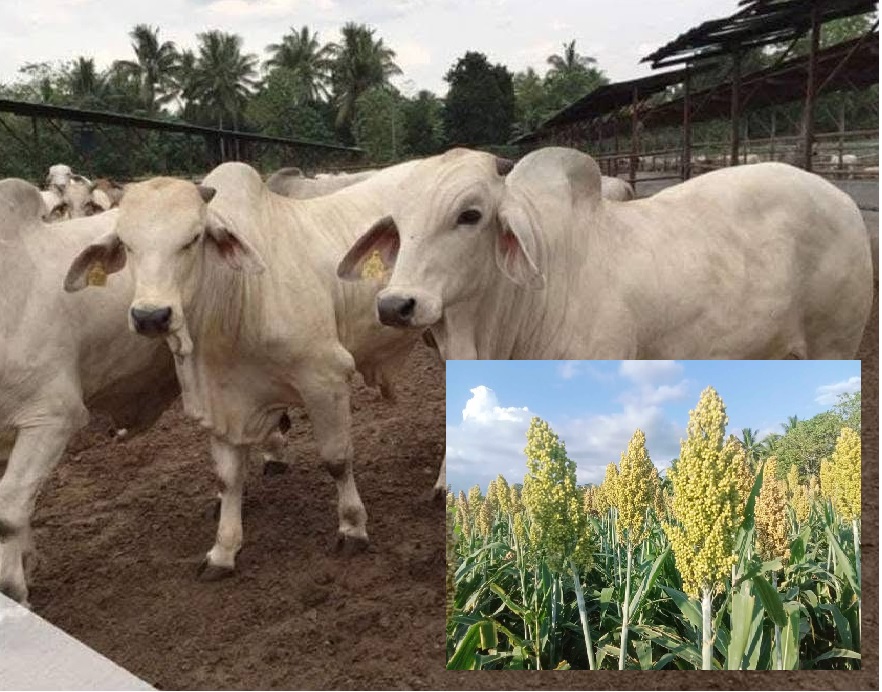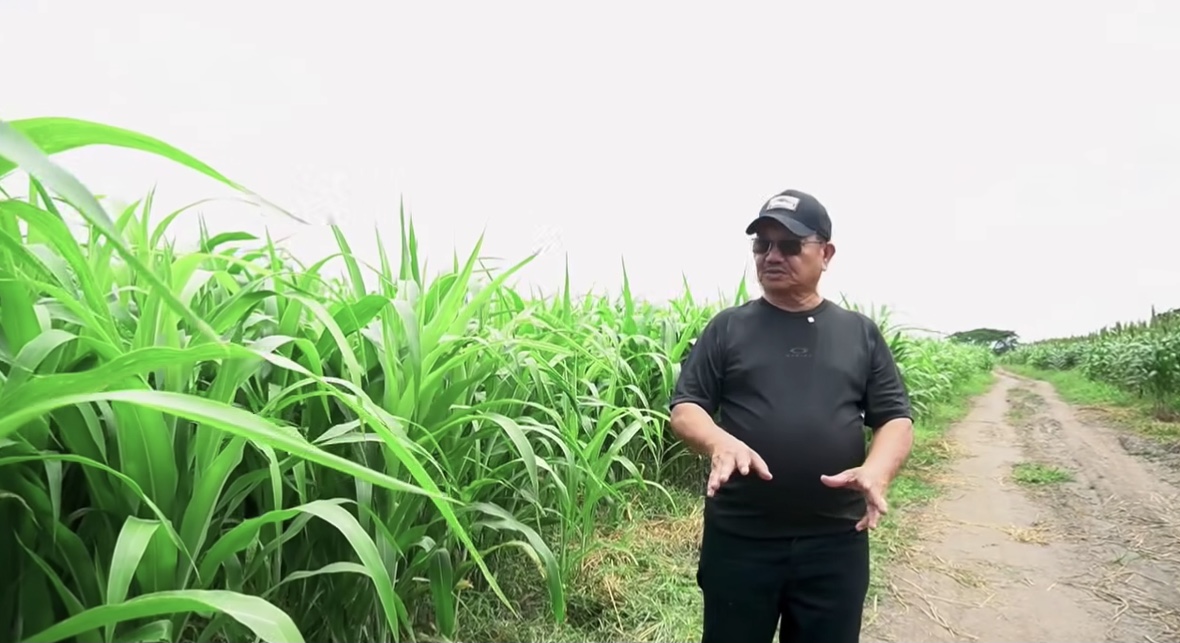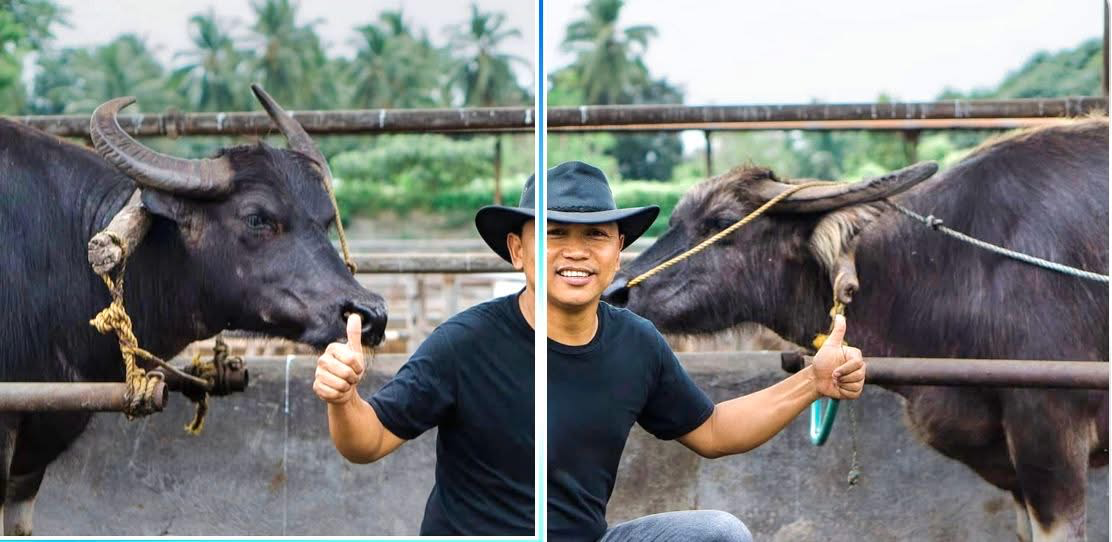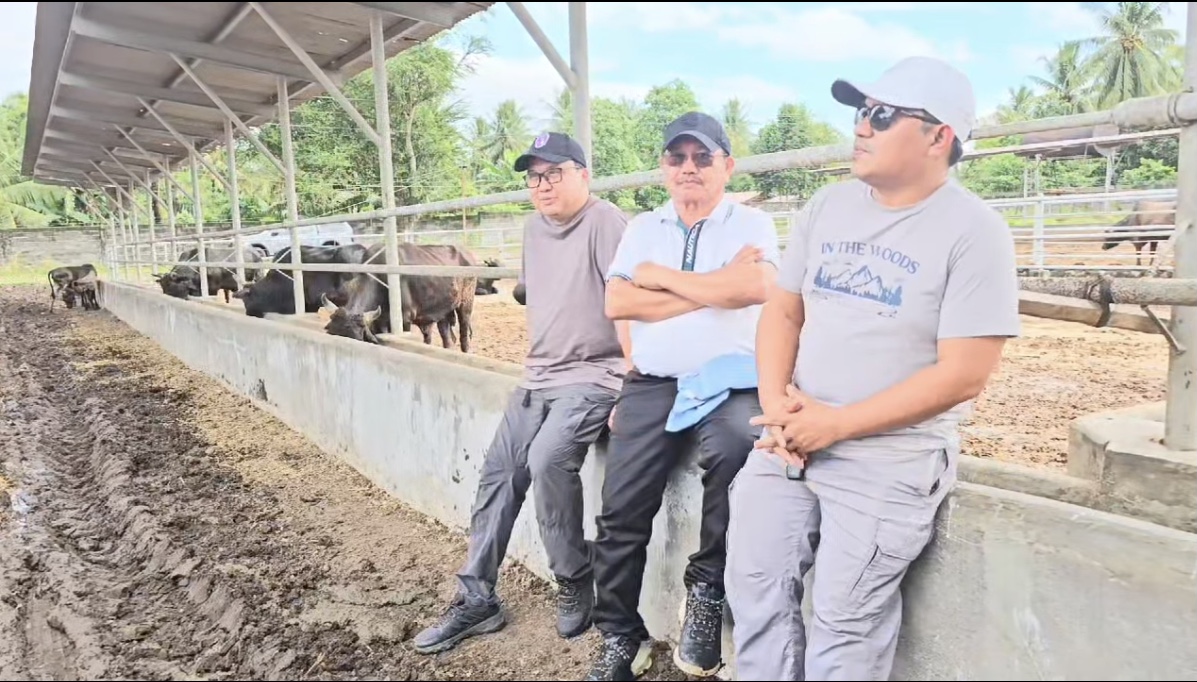
On the way to Medellin, Cebu for Cebu Food Security Forum, I made a side trip to Sagay City, Negros Occidental on the invitation of Congressman Alfredo Marañon III, son of a departed friend, former Governor Freddie Marañon.
While Cong. Thirdy has not shared with me the reason behind the invitation, I already have an idea on what will be up for discussion during our meeting today, Food Security.
Sagay City which is the home base of the Marañon Political Family is in many ways a model local government unit which focuses on three major issues in governance: Education, Health and Food Security.
Yet, in spite of the admirable efforts of the local officials in providing food for its people, the Poverty Incidence is still high at over 31%, although it has improved greatly from the 52% 25 years ago.
The very high poverty level which is also true in many other towns of. Negros Island is mainly due to the seasonal employment provided by the island’s Sugar Industry.
In Negros Island with close to 300,000 hectares planted to Sugarcane every year, there is a dreaded season called “Tiempo Muerte,” basically the period from the last fertilizer application to the start of cutting for the milling season, which literally means “Time of Death.”
It is during these months of farm inactivity when workers go through the difficult period of finding odd jobs just to be able to feed their families.
There had been attempts in the past to address this problem by introducing secondary crops which were grown right at the start of the planting season of sugarcane.
Corn, Rice and Mungbeans were intercropped with Sugarcane but while I heard of successful trials, there was really no full-blown adoption of this intercropping strategy.
Today, I will recommend to Cong. Thirdy the establishment of Trial Farms for Sugarcane Intercropped with Sorghum or Soybeans.
I believe these crops are ideal for intercropping because these are early maturing, with harvest coming at 100 to 110 days, during which time the sugarcane is not yet tall enough to cover the Sorghum and Soybeans.
In fact, Sorghum could be harvested for Silage as early as 70 to 75 days old while Soybeans harvested at 105 days old could help rehabilitate the soil.
Sorghum and Soybeans production could lead to the development of Cattle and Goat Raising, including Free-Range Chicken Farming which could be the source of additional farm income all-year round.
This is going to be an exciting experiment because if proven to be viable, Negros Island will not only be known as the top producer of sugarcane in the country but also Sorghum and Soybeans given the large tracts of land which could be used for intercropping.
More than that, this program could end the “Tiempo Muerte” as workers would have food to eat and work to do for up to 4 months after the planting of sugarcane.





